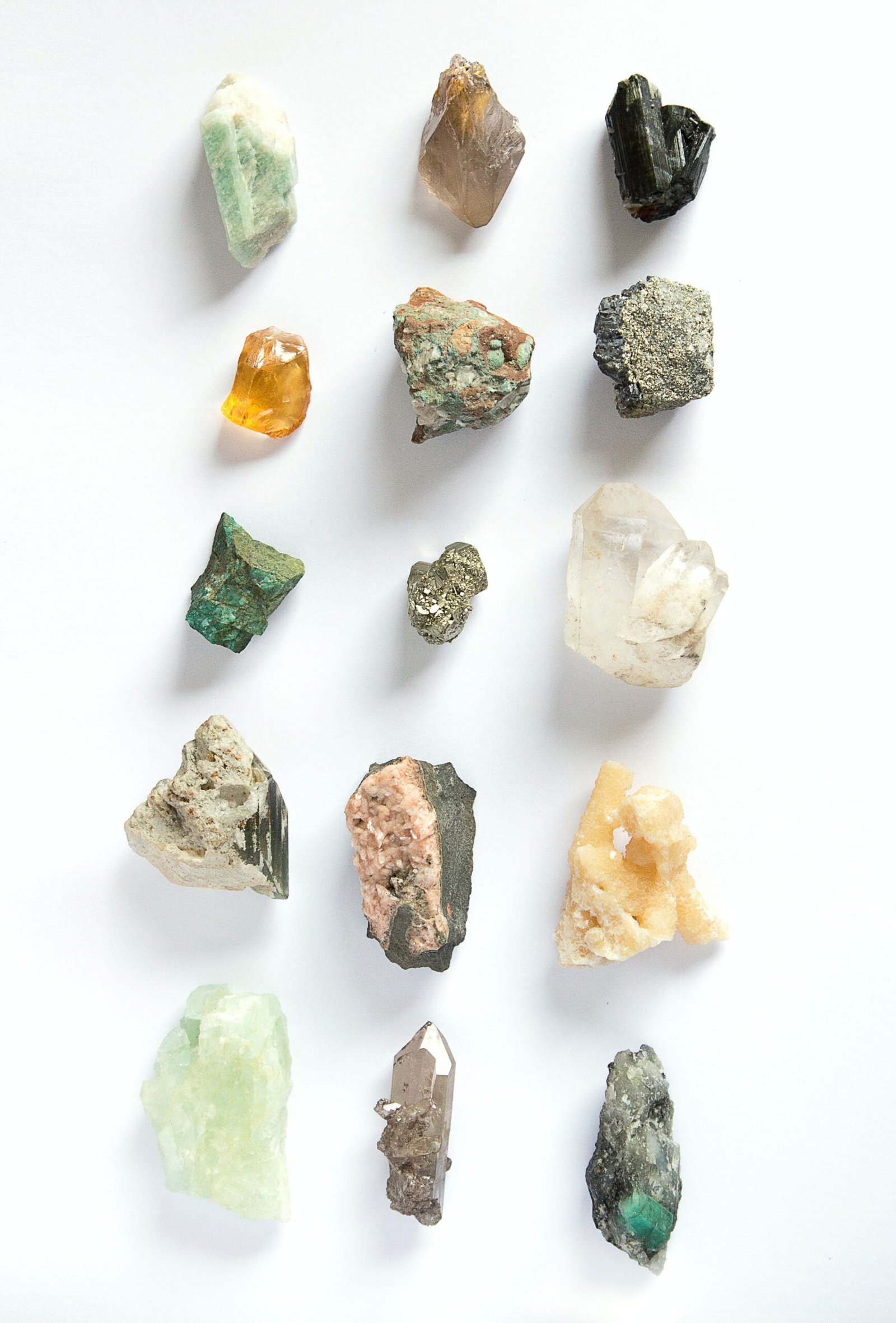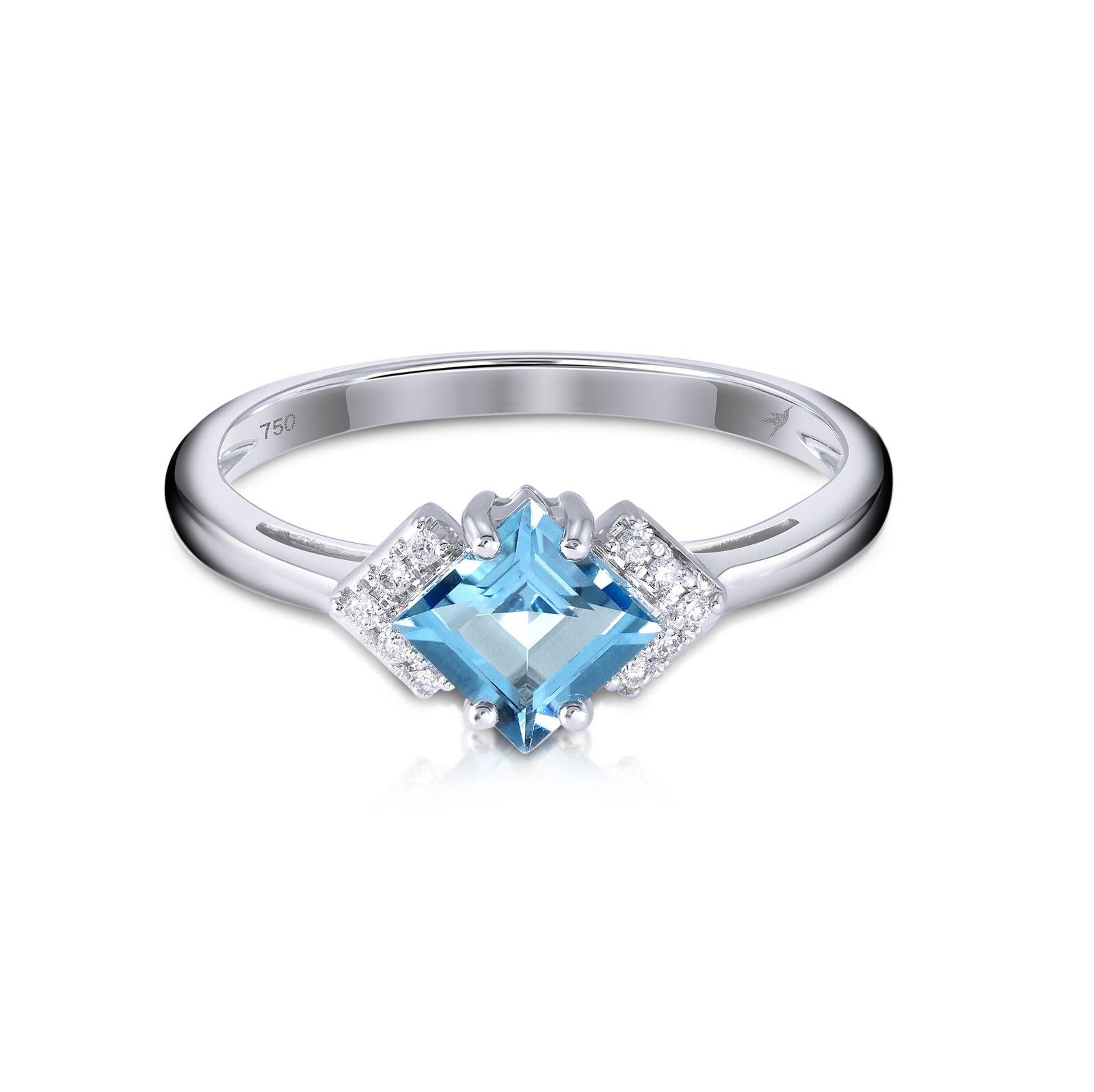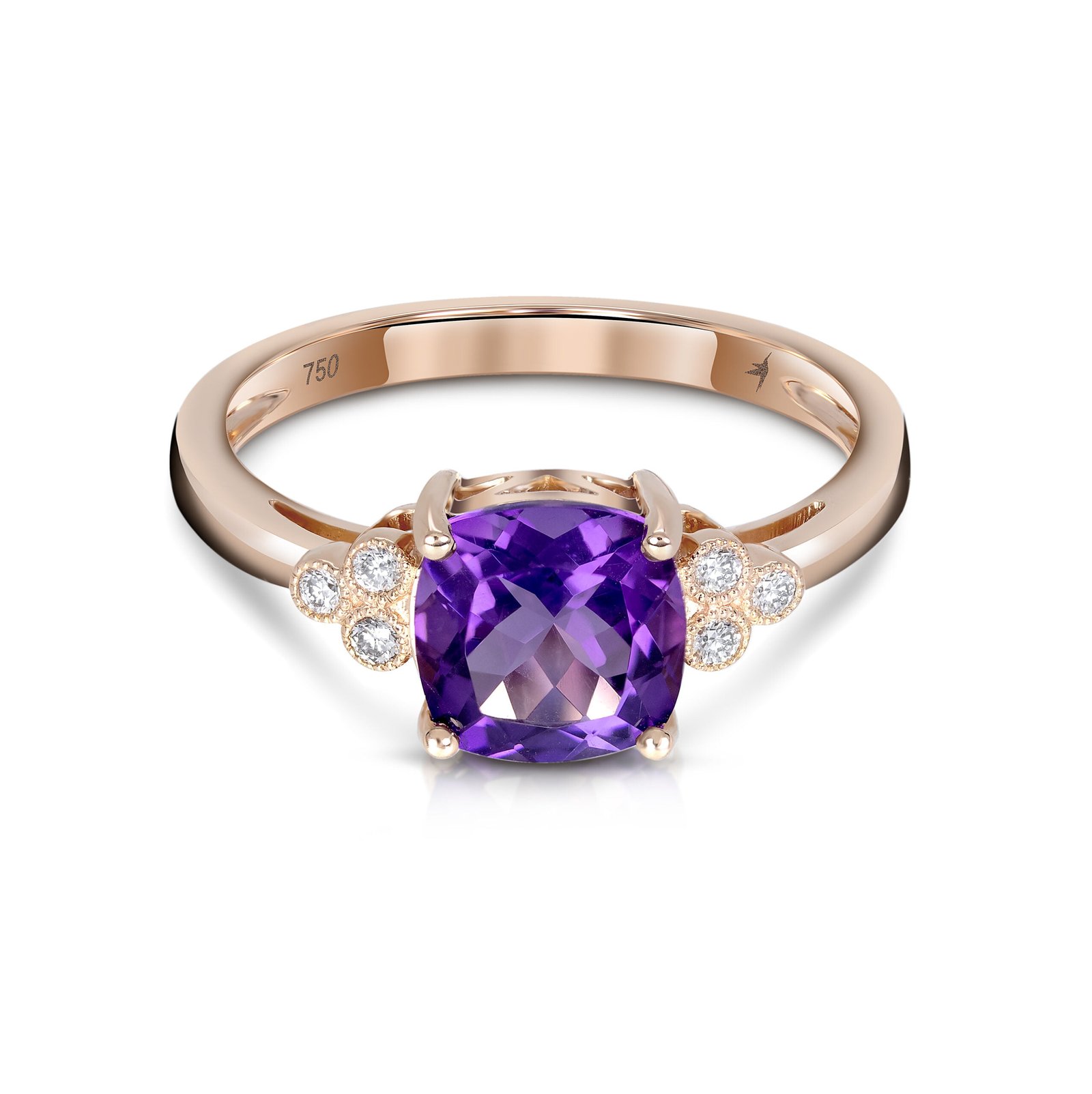

When it comes to jewelry, the stones used can make all the difference. While diamonds may be a girl’s best friend, there are numerous other gemstones that hold their own unique allure. However, what truly sets some stones apart is their rarity. In this blog post, we will delve into the fascinating world of precious gems and explore the factors that contribute to their scarcity.
1. Natural Formation
One of the primary reasons for the rarity of certain jewelry stones is their natural formation process. Gems like diamonds, rubies, and emeralds are formed deep within the Earth’s crust under intense heat and pressure over millions of years. This geological rarity makes them highly sought-after and valuable.
Furthermore, the occurrence of these gemstones is often limited to specific regions or mines, adding to their exclusivity. For example, the majority of the world’s diamonds come from just a handful of countries, such as Botswana, Russia, and Canada.
2. Color and Clarity
The color and clarity of a gemstone also play a significant role in its rarity. In the case of diamonds, the presence of certain colors, such as pink or blue, is extremely rare and thus commands a higher price. Similarly, gemstones with exceptional clarity, free from any visible inclusions or flaws, are considered more valuable.
For instance, the Kashmir sapphire is renowned for its intense blue hue and exceptional clarity. However, due to its limited supply and high demand, it is one of the rarest and most expensive gemstones in the world.
3. Carat Weight
Carat weight refers to the size of a gemstone, with larger stones being rarer and more valuable. This is particularly true for diamonds, where a one-carat diamond is considered more valuable than multiple smaller diamonds of the same total weight.
However, it is important to note that carat weight alone does not determine a gemstone’s worth. Factors such as color, clarity, and cut quality also significantly impact its value.
4. Uniqueness and Exclusivity
Some gemstones are rare simply because they are unique and cannot be replicated. One such example is the Paraiba tourmaline, known for its vibrant neon blue or green color. This gemstone is found in only a few locations worldwide, including Brazil and Mozambique, making it highly sought-after by collectors and jewelry enthusiasts.
Similarly, certain gemstones are rare due to their exclusivity in terms of availability. Take tanzanite, for instance. This bluish-violet gemstone is found only in Tanzania, making it a prized possession for those who appreciate its distinctive beauty.
5. Market Demand
Lastly, the rarity of a jewelry stone is often influenced by market demand. When a particular gemstone becomes popular or trendy, its availability may decrease, driving up its rarity and price. This is evident in the case of pink diamonds, which have seen a surge in demand in recent years, leading to a significant increase in their value.
It is important to note that the rarity of jewelry stones can fluctuate over time. New discoveries or changes in mining practices can impact the availability of certain gemstones, making them more or less rare.
In conclusion, the rarity of jewelry stones is a captivating aspect of the world of precious gems. Natural formation, color and clarity, carat weight, uniqueness, exclusivity, and market demand all contribute to the scarcity of these exquisite gemstones. Whether you are a collector, an investor, or simply someone who appreciates the beauty of fine jewelry, understanding the rarity of these stones adds an extra layer of fascination to their allure.








